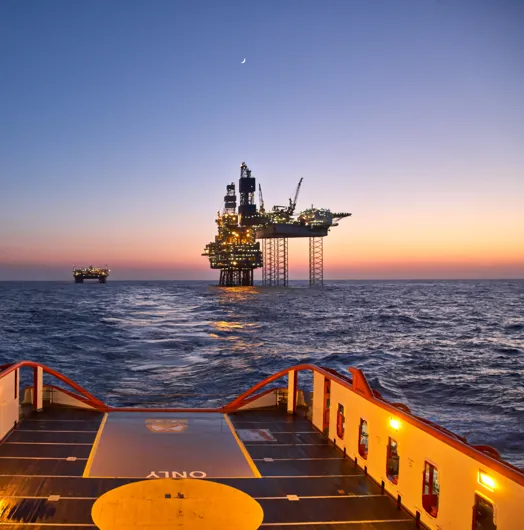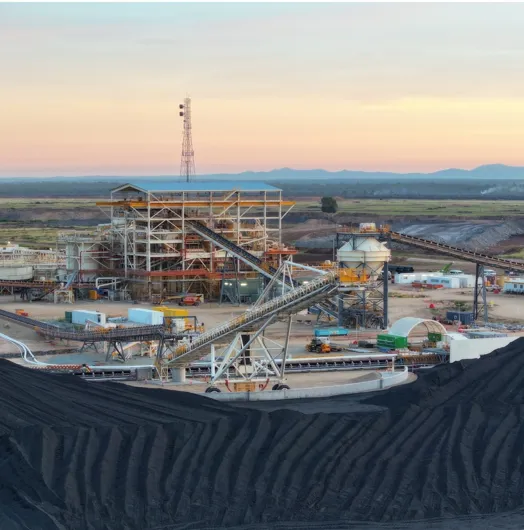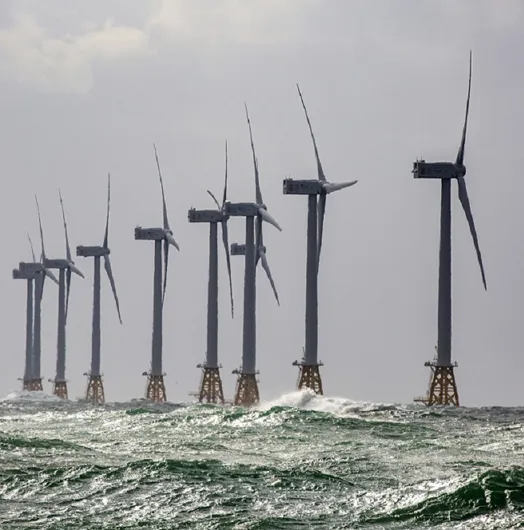The seminar offered several key takeaways:
Section 1: Offshore Wind is Thriving - A Bright Future Ahead
Offshore wind energy is far from being a mere concept; it is not only viable but poised for substantial growth. Recent developments in the market, including Orsted's endeavors in the US, Vattenfall's initiatives in the UK, Equinor's ventures in Norway, and the latest Contracts for Difference (CfD) round 5, have sparked significant interest and debate regarding the long-term prospects of the sector. It's essential to emphasize that the future of offshore wind is still promising.
The doubters questioning the sector's long-term viability need to understand that offshore wind will have to play a pivotal role in the next few decades to achieving the 2050 targets for a sustainable and renewable energy landscape. Several compelling reasons support this outlook:
Section 2: Offshore Wind Supply Chain Reshapes Dynamics
The offshore wind supply chain is currently at a unique juncture, and the prevailing dynamics signal a transformation in the industry's structure. For years, developers held the upper hand, akin to the early days of the Internet, where their focus was on capturing market share, even at the expense of profitability. This intense competition drove a race to secure mandates just before Final Investment Decisions (FID), leading to a rapid decline in Levelized Cost of Energy (LCOE) but also squeezing profit margins. This unfortunate pattern resulted in some companies facing disappointing financial outcomes and even bankruptcy.
The tide has now turned, and in every facet of the market, a conspicuous gap has emerged between the considerable gigawatts (GW) under development – even after factoring in project cancellations and delays – and the actual capacity of the supply chain to deliver. This imbalance has considerably strengthened the bargaining power of contractors and suppliers.
This shift in the market landscape manifests itself in several ways:
- Higher Contract Prices: Contract prices have surged, significantly exceeding short-term inflation rates related to raw materials and labour costs.
- Contractor-Friendly Terms: Contractors now enjoy more favourable contract terms, enhancing their position and contributing to a more equitable and collaborative business environment.
- Extended Reservation Times: Contractors are securing reservations over more extended periods, enabling them to align with the best projects. This, in turn, provides greater visibility and stability for contractors and the industry as a whole.
Importantly, this transformation does not negate the challenges the supply chain faces. Instead, it highlights a shift of these challenges back to the developers, which will eventually affect consumers. In this process, it serves to restore profitability at all levels while maintaining competitiveness within the sector.








